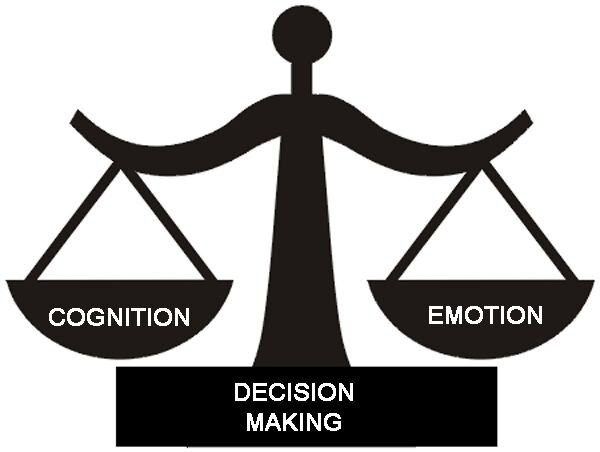Your surroundings may be impacting your habits more than you think and more than you want, so when you start controlling your setting, you can begin to have progress on the long-awaited changes in your life.
Executive Coach Marshall Goldsmith said, “Most of us go through life unaware of how our environment shapes our behavior.” When you have a conflict between the situation (having cookies in your kitchen in an accessible spot) and your willpower (choosing not to eat them), the environment overpowers your will every time. Those cookies have no chance, especially if they are chocolate chip walnut from Levain’s, the #1 bakery in NYC. If they are hidden, you will likely not eat them. Better yet, if they are not even in the house, you will not be tempted. Physical and visual distance impacts your choices. If you replace the sweets with fruit and keep them reachable, you will more likely grab that. To eat healthier, stock your fridge with excellent options. The key to changing your habits is organizing your environment in a way that makes it easy and sets you up for success.
The power of the environment is further illustrated in Richard Thaler’s Nudge, he talks about the concept of choice architecture which is the process of organizing information on a page or arranging the items in a physical environment in such a way that influences decisions. Anne Thorndike, a Physician at a Boston hospital designed a 6-month study to alter the cafeteria’s choice architecture. Fridges next to cashiers only had soda so store managers added water and placed baskets of water next to food stations around the room. Over the next 3 months, soda sales dropped by 11.4%, and water sales increased by 25.8%. The presence of water changed people’s behavior.
Your social situation also plays a role. Jim Rohn said we become the combined average of the people we hang around the most. Those people dominate the types of things we talk about and the activities that we do. If we spend time with friends who enjoy going to bars, we can be more tempted to overdrink. If we spend time with avid readers, we are more likely to be influenced in that direction by reading or talking about books. When we hang out with people where the norm is to have good habits, we will make better decisions with our time and set ourselves up for success.
As French philosopher, Michel de Montaigne wrote - “The customs and practices of life in society sweep us along.” Friends and family provide an invisible peer pressure force that pulls us in that direction. Do you work at an office where staying until 5 is standard because people value family and personal development time? You will be less likely to overwork and violate that shared expectation. Join a group where your desired behavior is the norm. I did when I connected to a philosophy group a few years ago where I met so many people who were just as jazzed about personal development as I am. It felt fantastic to nerd out openly on topics that I would not have the opportunity to share with my other friend groups. Successful businesswoman Kathy Ireland said there are two types of people – anchors and engines, anchors weigh you down while engines believe in you, support you, and propel you forward. Who are the anchors and engines in your life?
Professor Edwards Deming noted, “A bad system will beat a good person every time.” Many of us become successful or not depending on the world around us and how we relate to it. If somebody returns from rehab and is plugged into the same environment with the same triggers and social influences, they are likely to find change difficult. Instead, habits are easy when they fit into your life, and the environment allows for it. So, what environmental cues are steering your behavior either in the direction of beneficial change or throwing you off track? Make a list of your environmental triggers that are either helping or hurting you to raise your awareness so you can take deliberate action.
Your physical and social environments may be having a much bigger impact on your choices than you initially thought. If you want to have a healthy lifestyle, allow your physical environment to reflect your intentions. If you are going to focus on growth and development, surround yourself with people who share your values. Be intentional about your choices for the best habits to take root.
Quote of the day: “The key to behavioral change is to pass behavioral control to the environment.” -Author Paul Gibbons
Q: How can you set your physical and social environment up that would optimize your success? Comment and share below, we would love to hear from you!
[The next blog in this series 5/7 will focus on the importance of small steps towards habit change]
As a leadership development and executive coach, I work with people to cultivate habits that serve them, contact me to explore this topic further.
Do you know how your environment impacts your decisions?







